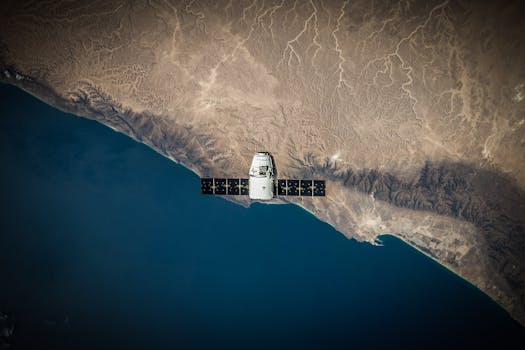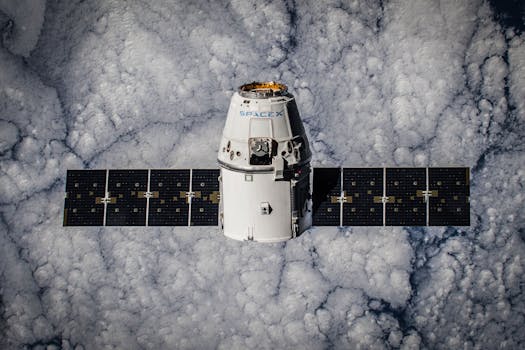Breaking Barriers: How Recent Developments are Transforming Satellite Communication
Satellite communication has been a vital part of the global telecommunications landscape for decades, providing connectivity to remote and underserved areas. Breaking Barriers: How Recent Developments are Transforming Satellite Communication, recent advancements in technology have been transforming the industry, enabling faster, more reliable, and more accessible connections. In this article, we will explore the recent developments that are breaking barriers in satellite communication and what this means for the future of the industry.
Advances in Satellite Technology

One of the primary drivers of transformation in satellite communication is the advancement of satellite technology itself. Next-generation satellites are being designed with increased capacity, higher throughput, and greater flexibility. These satellites are equipped with advanced antennas, transponders, and propulsion systems, allowing them to provide more efficient and effective communication services. For example, the recent launch of the European Space Agency’s (ESA) Eu:CROPIS satellite demonstrates the potential of satellite technology to support a wide range of applications, from Earth observation to communication.
Another significant development is the emergence of small satellites, also known as CubeSats. These miniature satellites are smaller, cheaper, and more agile than traditional satellites, making them ideal for a variety of applications, including Earth observation, communication, and scientific research. The use of small satellites is expected to increase in the coming years, with many companies, such as Planet Labs and Spire Global, already launching constellations of small satellites to provide global coverage and real-time data.
Development of New Frequency Bands

In addition to advances in satellite technology, the development of new frequency bands is also transforming the satellite communication industry. The use of higher frequency bands, such as Ka-band and Q/V-band, is becoming more prevalent, offering greater bandwidth and faster data transfer rates. These frequency bands are particularly useful for applications that require high-speed data transfer, such as video streaming and online gaming.
The development of new frequency bands is also enabling the use of satellite communication for 5G networks. The integration of satellite communication with 5G networks will provide greater coverage, capacity, and reliability, supporting a wide range of applications, from enhanced mobile broadband to massive machine-type communications. Companies, such as Intelsat and Microsoft, are already exploring the use of satellite communication for 5G networks, with plans to launch satellite-enabled 5G services in the near future.
Increased Adoption of Satellite Communication

The transformation of the satellite communication industry is also driven by increased adoption of satellite communication services. As the demand for global connectivity continues to grow, satellite communication is becoming an essential component of modern telecommunications infrastructure. The use of satellite communication is particularly important for areas where traditional communication infrastructure is limited or non-existent, such as remote and rural areas.
The increased adoption of satellite communication is also driven by the growing need for resilient and reliable communication services. Satellite communication provides a critical backup for traditional communication networks, ensuring that communication services remain available even in the event of a disaster or network outage. This is particularly important for applications that require high levels of reliability, such as emergency response, financial transactions, and critical infrastructure management.
Conclusion

In conclusion, recent developments in satellite communication are breaking barriers and transforming the industry. Advances in satellite technology, the development of new frequency bands, and increased adoption of satellite communication services are all contributing to a more efficient, effective, and accessible satellite communication industry. As the demand for global connectivity continues to grow, satellite communication will play an increasingly important role in supporting a wide range of applications, from communication and navigation to Earth observation and scientific research.
See more:
